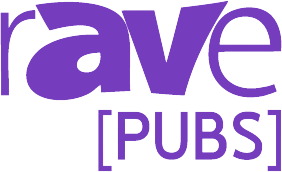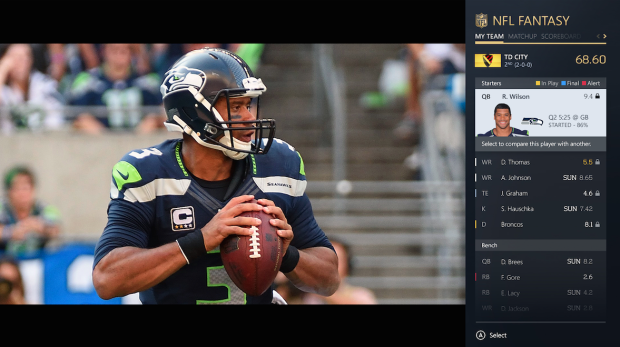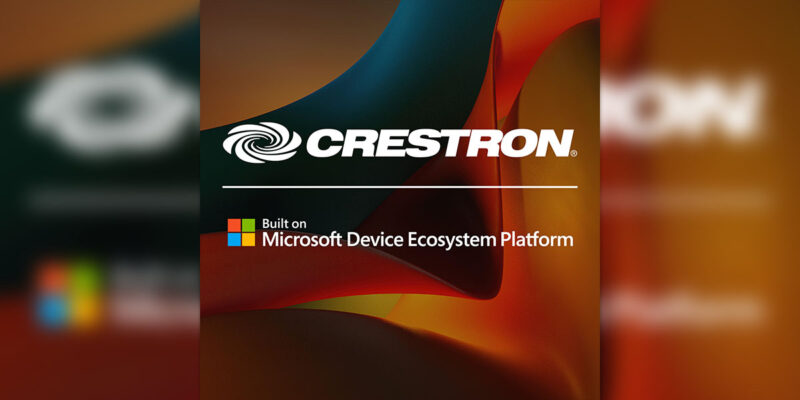IoT and “Next-Gen Stats” in the National Football League
This Thursday night, when the defending Super Bowl champion New England Patriots take the field at Gillette Stadium to host the Pittsburgh Steelers, each player on the field will be equipped with a set of RFID sensors about the size of a quarter in his shoulder pads, each emitting unique radio frequencies.
Gillette Stadium, as well as every other stadium used by the NFL has been equipped with 20 receivers to pick up the radio frequencies and pinpoint every player’s field position, speed, distance traveled and acceleration in real time.
The technology was used in last year’s Super Bowl XLIX between the Patriots and Seattle Seahawks, where the intention was to have a player’s every move quantified like never before. The player’s shoulder pads would have sensors embedded inside that beam statistics to “receiver tags” placed around the stadium. The data, gathered in real time, would then be used to augment NBC’s broadcast of the Super Bowl.
According to a recent CIO article The Internet of Things comes to the NFL, the NFL plans to use the data generated to power the NFL 2015 app for Xbox One and Windows 10, allowing for things like “Next Gen Replay” that will allow fans to call up stats for each player tied into highlight clips posted on the app. What’s more, the data will be fed to broadcasters, leveraged for in-stadium displays and provided to coaching staff and players.
Microsoft has also added new fantasy football integration with its Xbox One app and those with teams on CBS and Yahoo! can see their stats on Microsoft’s NFL Xbox One app, not just NFL.com like past years. In addition, the app includes a new game-day notification feature and a new replay function where fans can watch replays from multiple angles from key plays. Microsoft noted that the NFL app would be available on Windows 10 “in advance of the season.”
Microsoft’s new NFL app for Xbox One with ‘Next Gen Stats’ was announced on August 27th in GeekWire: This season, you’ll be able to track player speed (MPH) and total distance run from video highlights of certain plays thanks to small devices made by Zebra that players will wear in their shoulder pads during games.
The Zebra mentioned here is Zebra Technologies, a global company which builds tracking technology and solutions that generate actionable information and insight. Beginning in 2013, the company entered the IoT and machine to machine (M2M) applications realm with the launch of its Zatar software platform – and in the same year, it launched its MotionWorks Sports Solution (*), which powers the NFL initiative.
MotionWorks, real-time, next generation sports statistics, event and visualization platform that leverages Zebra’s predictive analytics technology.
After acquiring WhereNet (a specialist in active RFID tags) in 2007, a number of acquisitions in real-time location software and hardware followed. In 2012 Zebra Technologies began thinking about new markets that might be accessible to it through the technology. And with this full solution in hand, the company decided to go after the largest target in sports – the National Football League.
A meeting took place in December 2012, before the Zebra Sports Solutions unit had launched, and what followed led Zebra and the NFL to a trial in 2013, equipping more than 2,000 players with the RFID tags and 18 (of the league’s total of 31) stadiums with receivers. Tags were also deployed on officials, yard markers and pylons. It’s noted that the New Orleans Saints and Head Coach Sean Payton have worked closely with Zebra on the player performance side of things.
Jill Stelfox, vice president and general manager, Location Solutions at Zebra Technologies asked: “What do you need in order to effectively track professional athletes?” She continued: “You need the ability to track a motion in subseconds. Our tags can blink up to 85 times per second.” Stelfox also noted that it takes about 120 milliseconds between the time a tag blinks on the field and when it hits a server (the location data is stated to be accurate to within six inches). “Then you need to put analytics on it so you can make decisions about what’s happening in real time in less than a second.”
Stelfox specifies that every NFL stadium is connected to a command center in San Jose. “That command center has to operate as sort of a central command of all the data. When the data is collected in the stadium, it’s sent in the stadium to the broadcaster in the stadium — it never leaves the stadium from a broadcaster perspective — but it’s also distributed out to the NFL cloud.”
Michelle McKenna-Doyle, senior vice president and chief information officer for the NFL, in choosing Zebra Technologies stated “We’ve tested all kinds of technology for accuracy and speed and the Zebra technologies ended up being the best.” She added “From an RFID perspective we can manage the frequency it travels on with great reliability, as well as giving some really cool additional data points for use in the broadcast or for fan engagement.”
Todd Stevens, an executive producer at Microsoft, claims that the Windows 10 app makes PCs and tablets running the company’s new operating system “the ultimate companion” for NFL fans watching games on their television. “I can keep the game in full screen [on my television], meanwhile, as every highlight comes in, I can be watching this right on my Windows 10 device,” he said.
CIO: The Internet of Things comes to the NFL
PC World: Microsoft’s NFL partnership enters next generation with new apps
Fast Company: The Quantified Player Comes To Super Bowl XLIX
(*) Information on Zebra MotionWorks Solution.
Here is a job posting from Zebra Technologies for NFL Command Center Lead, Technical – San Jose, CA (it’s no longer available).







